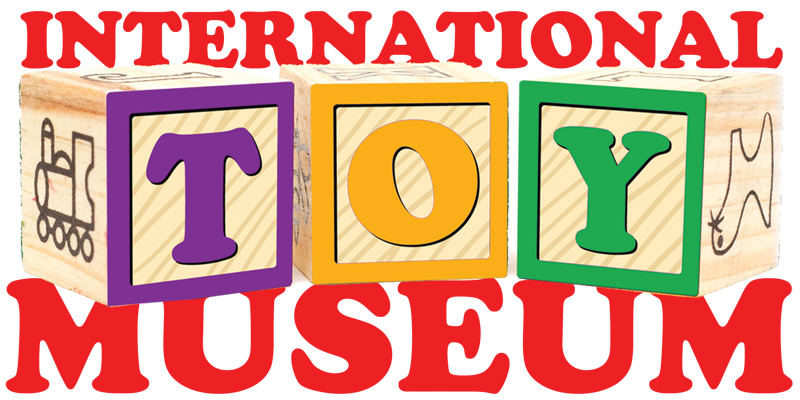Every child has toys. From the beginning of our historical record, it is obvious that playthings, found or made, are a key aspect of childhood development. From a stick and a rock in prehistoric times to today’s exotic playthings complete with computers and wireless communications, children want, and get toys.
Toys help children learn:
- How things work
- New ideas
- Muscle control and strength
- To use their imagination
- To solve problems
- To cooperate with others
As important as toys are, and have been in each of our lives, there is still a large gap in our understanding of their history, their effectiveness in stimulating childhood growth, and the long-term impact of various types of toys.
And no less important, most of us enjoy remembering our favorite toys and the fun we had playing with them. That nostalgia of adults for the toys of their youth will rewarded when they again see the cherished toys they played with as children and enjoy seeing them again and sharing them with their children and grandchildren.
People are very curious about the toys of other cultures and times. Not only will the ITM preserve and exhibit old toys, it will foster the study of toys from all eras and all locations. Intended to be a world-class institution, ITM will be for and of the entire world. We plan multi-cultural and multi-era exhibits that will provide vertical and horizontal comparison of toys, their impacts on children, and the similarities and differences of toys from different times, different cultures, and different economies.
But static exhibits of toys would not be true to the nature of toys and play. ITM intends to provide avenues of interactivity at every possible level. Every exhibit will provide links to additional information; audio/visual supplements, 3D models, interviews, and other tools to enable the museum visitor to go as deeply into the toy as she may wish.
It seems that today, children are glued to screens, inactive and uncreative. The Museum will provide a large space in which children of all ages will be encouraged to exercise their creativity by building their own toys. Materials as disparate as cardboard, cloth, paper, plastic blocks and sheets, wood, beads, buttons, grommets, tape, paint and glue will be available. Alongside these traditional do-it-yourself toy materials will be modern 3D printers that will enable visitors to chose from a catalog of models, including toys in the ITM collection, and return at the end of their visit to pick up their made-on-demand replica.
The ITM will make it possible to enjoy old toys again, learn more about toys, and encourage the creation of ever more valuable and exciting toys. Few institutions have attempted such an ambitious program, but the founders of the ITM see a great need, and intend to build an institution that will help satisfy that need.
Maria Montessori, founder of the
educational systems that bears her name, said,
“Play is the work of the child.”
If play is the child’s work, toys are the tools that enable it.
